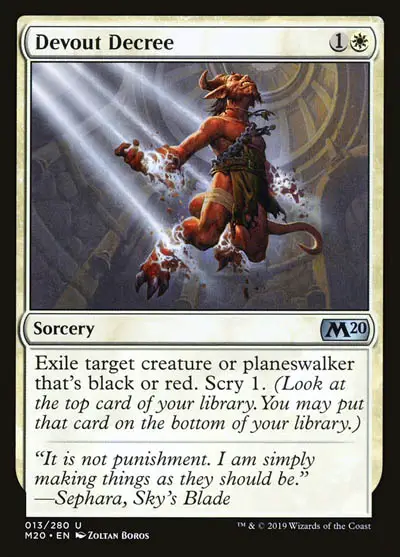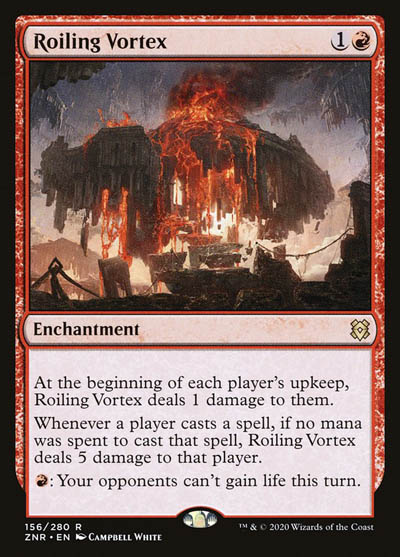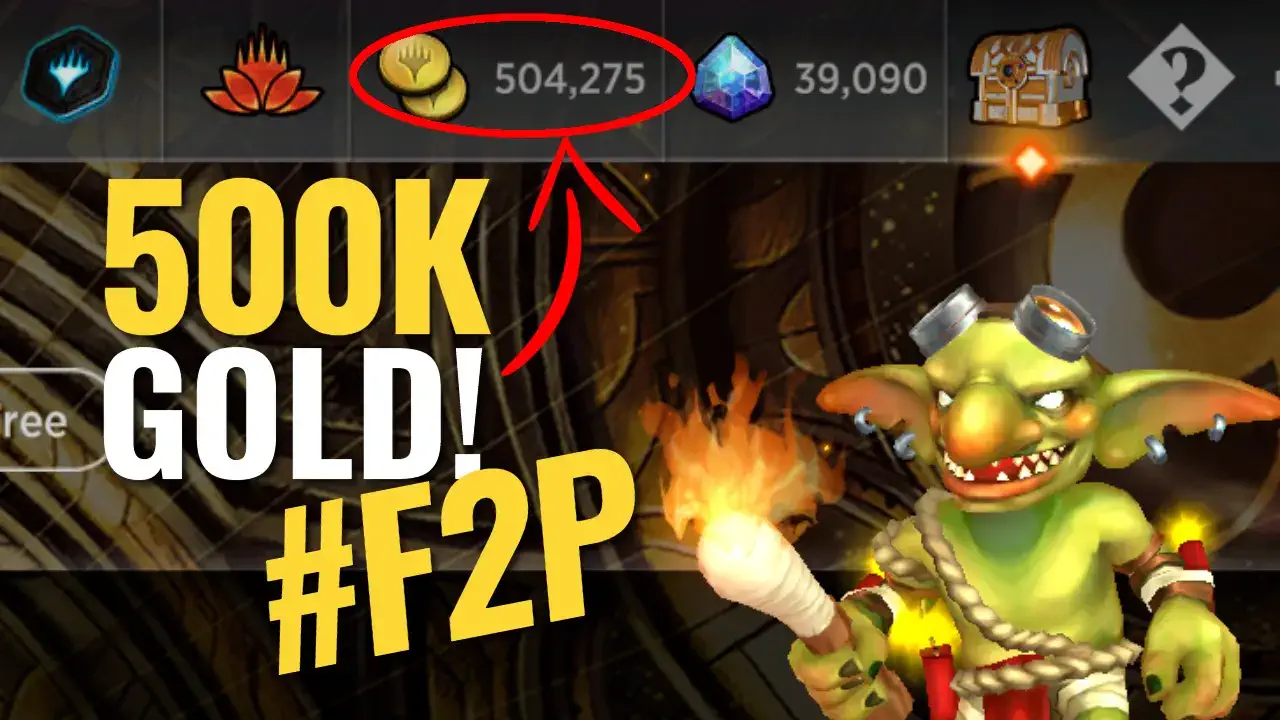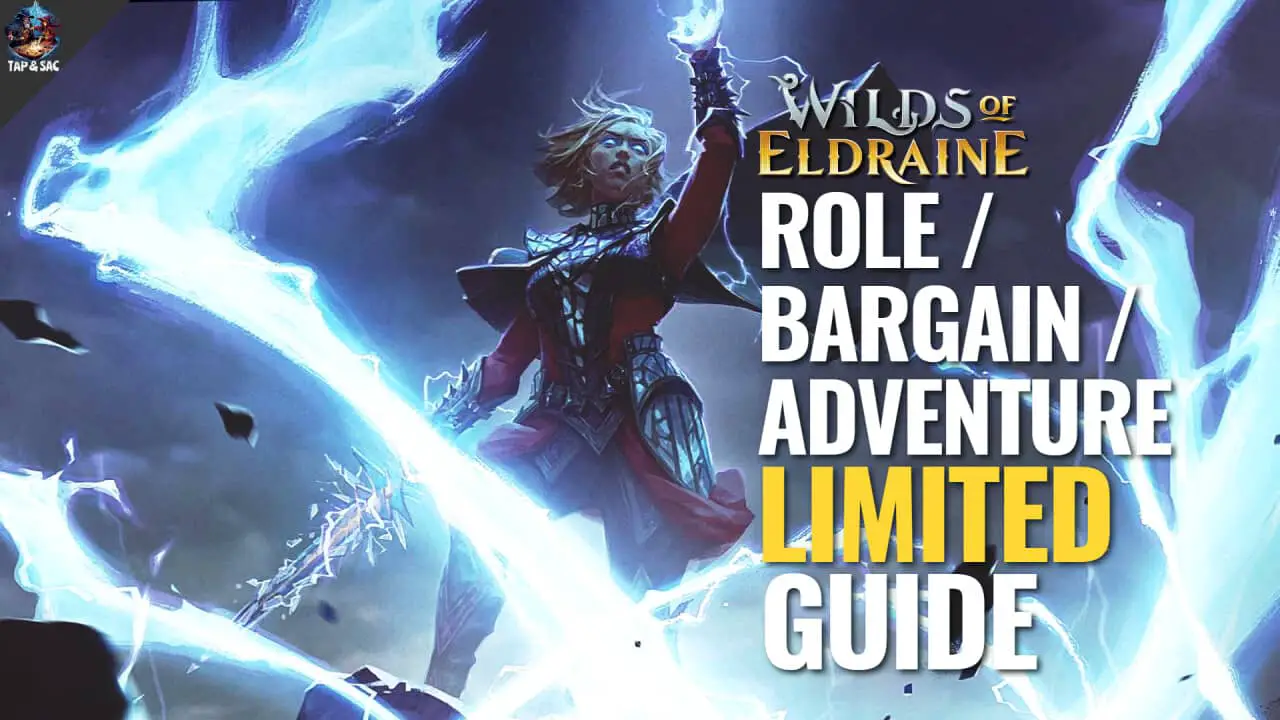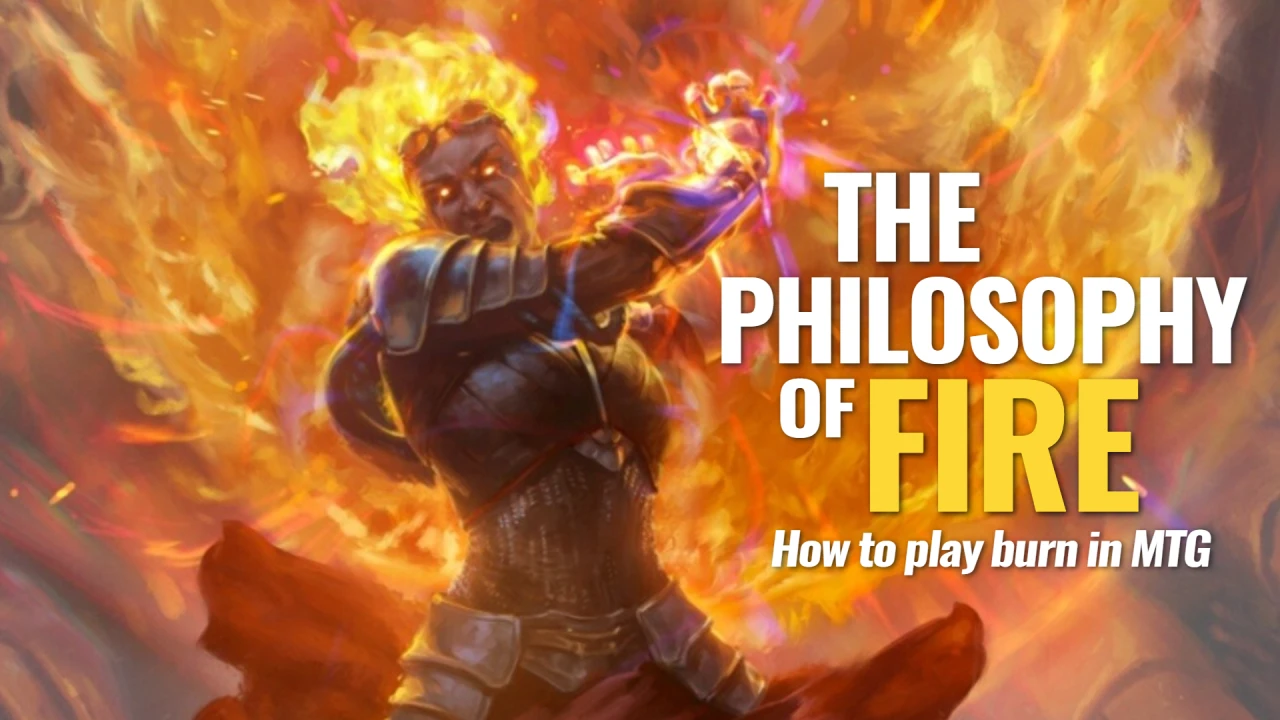We’ve all seen it – the fiery, flashy Planeswalker symbol of Magic: the Gathering. Known as the Mythic rank in the online game Arena, it is the doorway to greater treasures and legendary statuses, as a good bunch of Mythic-ranked players will go on to take part in the Mythic Championships (both real-life and online tournaments that give out cash prizes). So how does one get to the Mythic rank for the first time?
There are many strategies to reaching Mythic rank, but the most important is bringing a deck that you enjoy playing, and master piloting that deck. By knowing the strengths and weaknesses of your deck, you can make better decisions and vastly increase your chances of winning.
Other strategies also come into play, depending on what your deck is good at. For example, choosing between best-of-one and best-of-three matches can be a tricky tradeoff between faster wins and more consistency in performance. Learning from mistakes is also very important, and the more you dabble with a set deck list, the more confident you’ll get in piloting it.
For those who are unaware of the MTG Arena ranking system, there is an unranked (also known as “Play”) and ranked system, and in order to hit Mythic rank, your games will have to be played on the ranked ladder:
The Arena Ranking System
Just to give a primer for those who are new to Arena, in Constructed format there are several ranks:
Bronze (lowest)
Silver
Gold
Platinum
Diamond
Mythic (highest)

Each rank has 4 sub-levels:
Bronze Levels 4 to 1
Silver Levels 4 to 1
Gold Levels 4 to 1
Platinum Levels 4 to 1
Diamond Levels 4 to 1
Each sub-level has an additional 6 steps to progress to the next one (exception for Bronze tier). Hence, with a 100% win rate, you’d still need close to 120 wins to go from Bronze 4 (the absolute lowest) to Mythic rank.
Luckily, on the lower tiers (e.g. Bronze, Silver, and Gold), a win count as double wins, hence it is easier to climb these ranks provided you are on a 50% or higher win percentage. However, in all ranks except Bronze, a loss means you also fall down a step.
6 Pointers to Reaching Mythic Rank for the 1st Time
Now that you understand the task ahead of us, how exactly is one able to hit the Mythic Rank for the first time?
Mythic Merfolk (Historic)
| Creatures (27) 4 Benthic Biomancer 4 Kumena’s Speaker 4 Brineborn Cutthroat 4 Merfolk Mistbinder 4 Merfolk Trickster 4 Merrow Reejerey 2 Swift Warden 1 Tempest Caller Planeswalkers (2) 2 Vivien, Champion of the Wilds Instants (9) 3 Quench 2 Opt 2 Ram Through 2 Spell Pierce | Lands (22) 6 Island 2 Forest 4 Breeding Pool 4 Hinterland Harbor 4 Unclaimed Territory 2 Ancient Ziggurat |
For some points in this list, we’ll be using this Historic-format Merfolk deck that has actually made it to Mythic rank before, though not consistently. Merfolks are a fan-favourite tribe but they’ve not been known to be a top tier deck archetype. One usually would not consider them while climbing the ranks to Mythic, because every loss is going to make your climb even tougher. We chose this deck to prove out point that you don’t always have to use the most popular or powerful decks to reach Mythic rank.
But what if you’re not playing Merfolk or you’re playing in Standard format that is easier for beginners? Our strategies and tips apply to whatever deck you are bringing to the table, just follow the grand rule of becoming a master pilot.
Study the Current Meta
For new players, the meta refers to the current state of the game, specifically the top decks that are presently dominating the games. This could be referenced through hard data, such as percentage of players using a deck in a tournament, or the win percentage of a particular deck.
Since MTG is a continually evolving game with new sets being released every few months, the Meta is also constantly shifting. New cards bring in possible new combos or synergies with older decks, and can shift a deck from tier 2 to tier 1 (meaning the best).
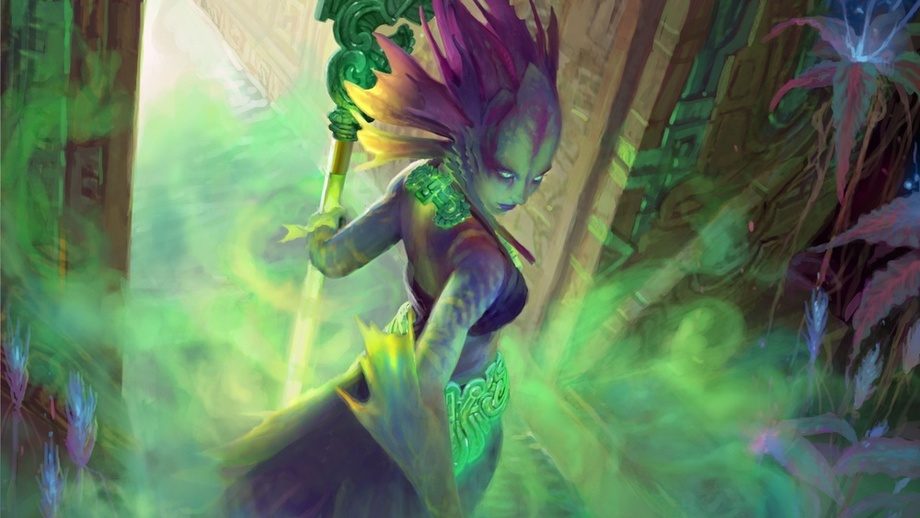
Studying the meta also doesn’t mean adopting the same decks for your own. Players study the game environment so as to better understand what they’re up against and formulate strategies to counter them.
So how do you study the Meta? There are websites that collate data and present deck lists for analysis. MTGGoldFish has a comprehensive list for every format, but it is reliant on user-submitted decks, rather than real-world data from MTG Arena. MTGDecks runs another substantial list but is limited to the Standard format and not Historic. One of the best Meta game lists that is consistently updated is by MTG Arena Zone – they cover both Standard and Historic and use hard data from applications such as MTGAssistant to compile a more accurate Meta list.
You can also look out for the winning deck lists of major tournaments. In the recently concluded World Championships XXVII, a quick glance at the top 16 reveals a very strong preference towards Blue and Red thank to Alrund’s Epiphany and Goldspan Dragon. Standard format had just been rotated, meaning the pool of cards had shrunk, losing older key cards while gaining new ones in the latest set.
If you’re a non-professional player like us who just can’t spare the time to play test different deck options, the full-time players figure all that out for you, and through these tournaments mould the next meta.
Play Best-of-One Ranked Matches if Playing Explosive Decks
Aggressive (aka aggro) decks are more suited to best-of-one (BO1) matches because they tend to lose their edge if there is a second or third game. In game 2 or 3, your opponent can easily bring in specific spells to deal with aggro decks with linear strategies. This is the main reason why you should go all in with BO1 matches if you’re playing a Merfolk deck, as the opponent can easily bring in mass creature destruction cards – known as “board wipes” – giving them immense value and effectively kills off your chances of winning.
Likewise, certain win combos such as using Thassa’s Oracle can only surprise your opponent the first time. If your deck has only one road to victory, the opponent can easily prepare a counter to your win-condition in the second game by bringing in a suitable card from the Sideboard.

Here are other deck archetypes that generally perform better in the Arena best-of-one ranked matches:
- Mono Red aggro or burn
- Mono White weenies aggro
- Mill decks
- Combo decks
Play Best-of-Three Matches if Playing Long Games with Sideboard Options
If long, calculative games are your thing, then best-of-three matches might be more suitable, as a good sideboard can counter different decks, giving you flexibility and less reliant on the matching algorithm.
Generally, mono-coloured decks have less Sideboard options and are thus less suited to grind out a best-of-three (BO3) match. Control or combo decks that utilise 3 or more colours have greater options because it can harness the strengths of different colours to provide Sideboard solutions.
Another advantage of playing BO3 matches is that a victory counts as 2 wins and you will climb by 2 steps, even if the match ended 2-1 in your favour (i.e. you lost one game). The downside is you could potentially be playing three games just to acquire 2 wins, which equates to more time spent (or wasted, depending on how you look at it) playing MTG Arena.
Don’t Rule Out Obscure Cards That Other Players Shun
A common trait of a good Magic player is that he or she always thinks about what cards the opponent might have. That train of thought will revolve around the meta game, and what are currently popular and powerful cards to use. Whatever you are playing, you don’t have to use the same cards that everyone else is using in their own decks.
In this particular Merfolk deck, Ram Through is a recently released card and considered a good card in Draft but seldom seen in Constructed. It’s similar to Rabid Bite but even better because it’s an Instant. What puts this obscure card over the edge is that it gives a pseudo Trample effect to your creature. Since your creatures grow very quickly once the Lords (such as Merfolk Mistbinder)give all other Merfolks +1/+1, you’ll realise a lot of damage goes through to the opponent, and is potentially a game-winning move.
Ram Through is also very effective against Teferi, Time Raveler, a Planeswalker that sees play in many Historic control decks. It is also particularly effective against other crucial creatures such as Soul Warden and Steel Overseer. They are a key part of Soul Sisters and Tempered Steel decks respectively, and to have a shot of winning you’ll need to take them out quickly.
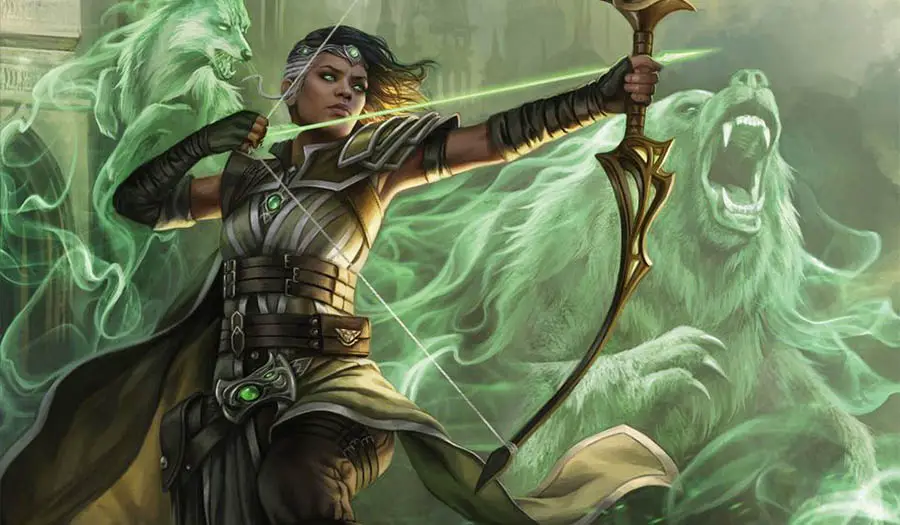
The other obscure card here is Vivien, Champion of the Wilds. Deemed not good enough for mono-green decks in any format, Vivien turns this Merfolk deck into a Flash deck as well, making it tricky for your opponent to make plays. It’s no coincidence that this deck also run Blue and Green, the same colours as recent Flash decks in Standard.
Find a Community and Learn From Each Other
In high-stakes tournaments, all players vigorously tests their deck within their team. They help one another spot the flaws that you may be too close to see, and to offer a set of critical eyes on how you pilot the deck. This applies across almost all professions and hobbies – if you want to be better, find like-minded people who can help you.
First try to find new players to spar with at your local game shop (LGS). Share your ideas about the deck you are using and just ask for their insights. Even if they are not a fan of your deck archetype, at least gather their thoughts on its flaws. Ask them how they would counter your own deck.
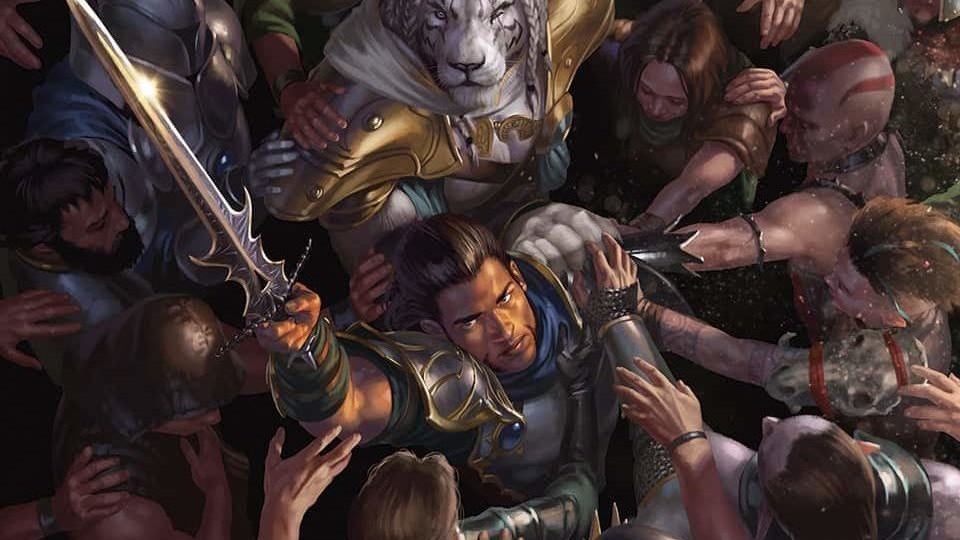
There are also online communities to explore. Reddit is a very popular forum where players of all levels congregate to discuss strategy. The threads can get messy, but you can almost find any community there. Other websites such as MTG Goldfish offer a massive library of decks that you can compare with you own.
Don’t leave out the popular social media channels or messaging apps. The Magic: the Gathering Arena MTG group is one of the largest on Facebook, though be prepared mentally for some harsh criticisms when you share your misplays or struggles on the game. There should also be plenty of Telegram or Discord group chats for your particular city, region or country. Use those to get feedback on your deck list, and with Discord you could even stream your games to give onlookers a better idea of your struggles.
Prepare for a Mythical Time Commitment
Unfortunately, to get to Mythic rank, a good amount of time is needed for battling. It can be a grind. Assuming a player wins 100% of the time, and needs an average of 15 minutes per game, 120 wins will require 30 hours of straight gameplay. That’s about 1 hour of play for each day of the month.
Now since no one is perfect, the time commitment needed to reach Mythic rank could well be closer to 2 hours per day. Naturally, the greater your win percentage, the amount of time required is shortened. It’s also important to note that from the Platinum rank and up, the quality of your opponents are high. Winning each match will get harder.
Hence be realistic and manage your expectations. If you have lots of personal responsibilities and other meaningful endeavours, don’t beat yourself up if you can’t hit Mythic rank in that month. It’s a gruelling and cruel grind that can suck the fun out of the game, even for the most seasoned players. The seasons and ranks reset every month, so if you don’t hit the top this time, there’s always a new opportunity lining up.
However competitive you want to be, we should all remember that MTG is a game first, one that is supposed to bring joy and laughter among friends. Hitting that Mythic rank can be a slog, and if you do go for it, we wish you the best of luck.
End Step: You’ve Hit Mythic. What Now?
Once you hit Mythic Rank, a percentage number (e.g. 97%) will show up next to your rank. A percentage rank of 97% means there is 3% of the player base that separates you from the top 1200 players of that season in MTG Arena.

You know you’re in the top #1200 when that 97% rank you used to have switches to a specific number such as #987 or #69. Some players are not contended with merely hitting Mythic Rank and strive to be the absolute best – that is #1. These ranks are continuously fluctuating (and the ranking algorithm is not revealed by Wizards), hence just by not playing, your numbered rank will slowly fall, though you will not fall out of Mythic once you’ve attained it.
Do you have a deck that you want to improve but not sure how? Email us and we’ll be happy to consult and offer some suggestions!
So if you have a deck ready to go, you might be thinking when should I keep an opening hand? Knowing when to mulligan or keep an opening hand is a key skill to have as you make your way up to Mythic Rank!


